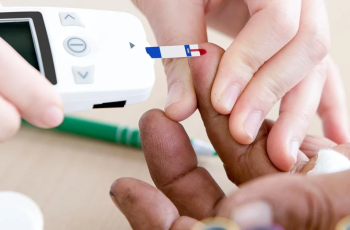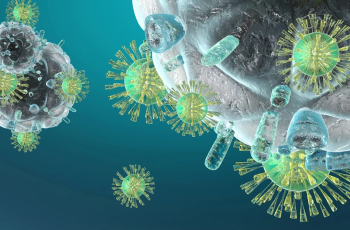Since decades, hydrogen peroxide is used as a mild antibiotic. It is used to stop minor cuts, burns and scrapes from getting infected. The compound can also be used for non-medicinal purposes. It can be used as a mouthwash to soothe mouth irritations caused by gingivitis or canker scabs. The compound can also be used to remove mucus from the mouth when rinsed. The compound releases foam and oxygen when it comes into contact with the affected area. It removes dead skin and debris, which prevents bacteria from infecting the area. It is very important to not use hydrogen peroxide for cleaning animal bites, severe burns or deep wounds. There are some possible side effects.
Now is the time to familiarize yourself with them.
Skin Redness

Skin redness is a potential side effect. The solution is not easily absorbed by skin that hasn’t been injured. When ten percent solutions are applied to skin, they can cause irritation and damage. This can lead to discomfort and redness. Hydrogen peroxide solutions containing ten percent are the most common. They should only be handled with gloves. Hydrogen peroxide-based household disinfectants tend to be between 3 and 5 percent. The mild irritation can cause mild redness. Although doses of three percent have been deemed “safe” for skin contact, they can cause irritation and redness when used on sensitive areas. It is especially true when people use the solution to whiten their skin or remove acne scars, rather than disinfecting. Hydrogen peroxide is not used by medical professionals to disinfect wounds any more because it can cause irritation to sensitive skin.
Continue reading to discover more about the side effects of hydrogen-peroxide.




